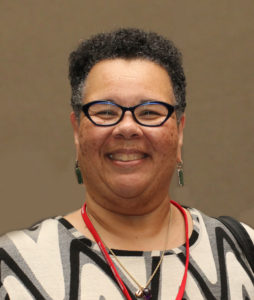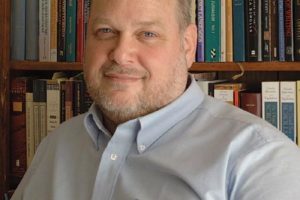strategic planning
Select an item by clicking its checkbox
Teachers are people who plan. We cross classroom thresholds with worn briefcases bulging with written lectures clearly forecasted in thick, detailed, syllabi. Entire curriculums are planned three, four, five years into the future. Course learning outcomes are carefully aligned with degree programs and degree programs are carefully align with budgets – ...
We can boil successful strategic planning around distance education down to three things. First, know how to create lots of ways to use the digital environment for effective teaching and learning. Second, know your potential students. Third, bring the two together: develop a set of scenarios in which to leverage ...
There appears to be hopeful evidence that the long recession is over and donor money is starting to trickle back into theological schools. Grant initiatives are starting to bloom (some very substantial), faithful donors are starting to fulfill deferred promises of financial support, and some are making new pledges. Recent ...

Sustainability in HIgher Education: Stories and Strategies for Transformation
Date Reviewed: February 6, 2015
At the risk of sounding trite – this is a good book and is well worth spending some serious time engaging. I approached it with a certain amount of skepticism, but was rapidly converted to the sensibility and obligation of sustainability within the context of higher education. The authors clearly demonstrate that there are a number of ways to approach the challenge, offering practical insight for taking up the task.
The book is divided into six sections, with four articles in each: Leadership and Commitment, Curricular Transformation, Defining the Paradigm for Change, Institutional Mission and the Culture of Sustainability, Accountability, and Professional and Personal Transformation. The authors approach the topic of sustainability from a number of angles and situations. They represent the range of higher education, from the community college to the major research university, both state and private. A careful reading will provide insight into how sustainability can be introduced into the maintenance of physical plants, curricula, teaching practice, and campus life and community. Most importantly, and this is a subtext woven throughout the book, there are multiple, practical descriptions of how a culture of sustainability can be established. Tactics for funding the movement to sustainability are also presented in a number of the narratives.
The section on Accountability was one of the more engaging; if the task of creating a sustainable campus and culture is to be achieved there must be ongoing accountability, at every level. The first chapter, Sustainability Strategic Planning: Establishing Accountability in a World of Distractions (18), by Julie Newman of Yale, describes how “raising the bar” for sustainability was achieved at a large, prestigious and very diverse educational institution. As she puts it, “The course of action from vision to implementation calls for walking a fine line between enabling a creative process of continuous improvement over the long term while setting and achieving incremental, measureable, and impactful goal along the way” (221). Newman’s description of the walk to accountability could easily fit most educational institutions.
Sustainability in Higher Education issues an unwritten challenge to those engaged in religious and theological education. There are no theological schools included in the book. While there is a description of Spelman University’s development of a “wellness program” as one of the ways to sustainability, there is no mention of a spiritual component. Santa Clara University’s Jesuit president, Michael Engh, is cited calling for a more just and sustainable world and for ethical implications being explored, but there is no direct appeal to theological method or thought. In the chapter Living the Questions (22), only two paragraphs were devoted to whether or not spiritual traditions could be engaged (268-9). The vision of creation in Genesis, and the hopefulness God has in it, as witnessed in the Incarnation, might also provide justification for developing cultures of sustainability. Theological educators should consider the challenge, and explore how faith contributes to a culture of sustainability. This is a good book that prods us to think along those lines.


